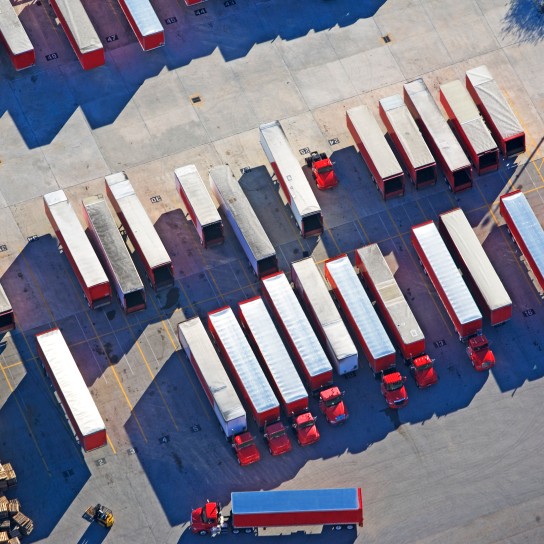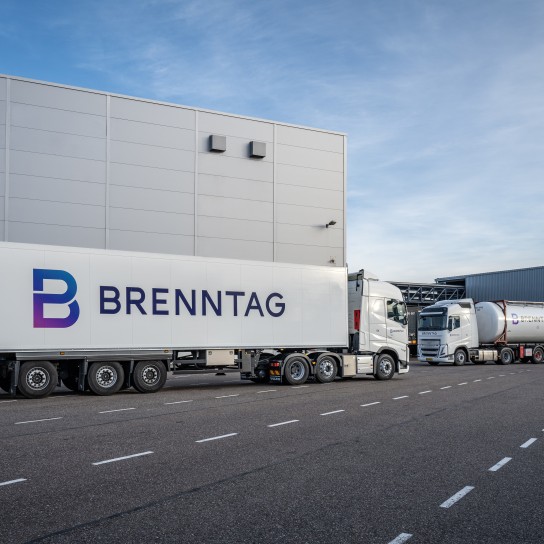After being introduced to North America in 2009, Diesel Exhaust Fluid (DEF) is the second most consumed fluid today on a truck after diesel fuel.
It’s common for consumers to assume production, handling, delivery, and pricing of DEF is similar to diesel fuel.
Although both products are consumed by diesel equipment, DEF and diesel fuel are significantly different products. They share few similarities when it comes to manufacturing, sales, transport, storage, and usage.
In this article you will learn:
- DEF Product Sourcing
- Delivery to Customer by Tank Trucks
- DEF Pricing






